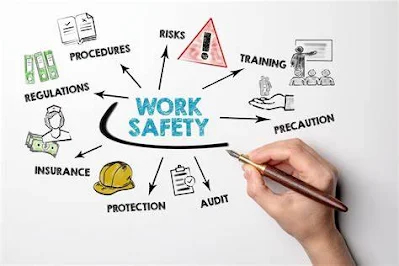1. Enhanced efficiency:
Checklists guarantee thorough and uniform inspections, leading to a more efficient use of time in workplace evaluations.
2. Regulatory adherence:
Checklists ensure compliance with all safety standards and regulations during inspections, minimizing the risk of violations.
3. Hazard detection:
Checklists aid inspectors in spotting potential dangers and risks, enabling swift remedial measures.
4. Uniformity:
Checklists offer a consistent structure for inspections, ensuring comprehensive coverage of all pertinent areas.
5. Educational resource:
Checklists serve as an instructional guide for novice inspectors to recognize inspection essentials and promote thoroughness.
6. Record-keeping:
Checklists provide structured documentation of inspection results, creating definitive records for subsequent reference.
7. Enhanced communication:
Checklists improve dialogue among supervisors, inspectors, and employees about safety concerns noted during inspections.
8. Hazard prioritization:
Checklists enable inspectors to classify hazards by severity and probability, directing attention to the most pressing issues first.
9. Ongoing enhancement:
Checklists foster a culture of continual improvement by pinpointing recurring safety hazards and chances for preemptive actions.
10. Responsibility allocation:
Checklists facilitate the delegation of duties for remedying hazards and monitoring the progress of corrective steps.
11. Proactive risk management:
Checklists contribute to effective risk management by methodically evaluating and addressing workplace risks during inspections.
12. Worker engagement:
Employee participation in creating and utilizing checklists heightens safety awareness and cultivates a safety-centric workplace culture.


Post a Comment